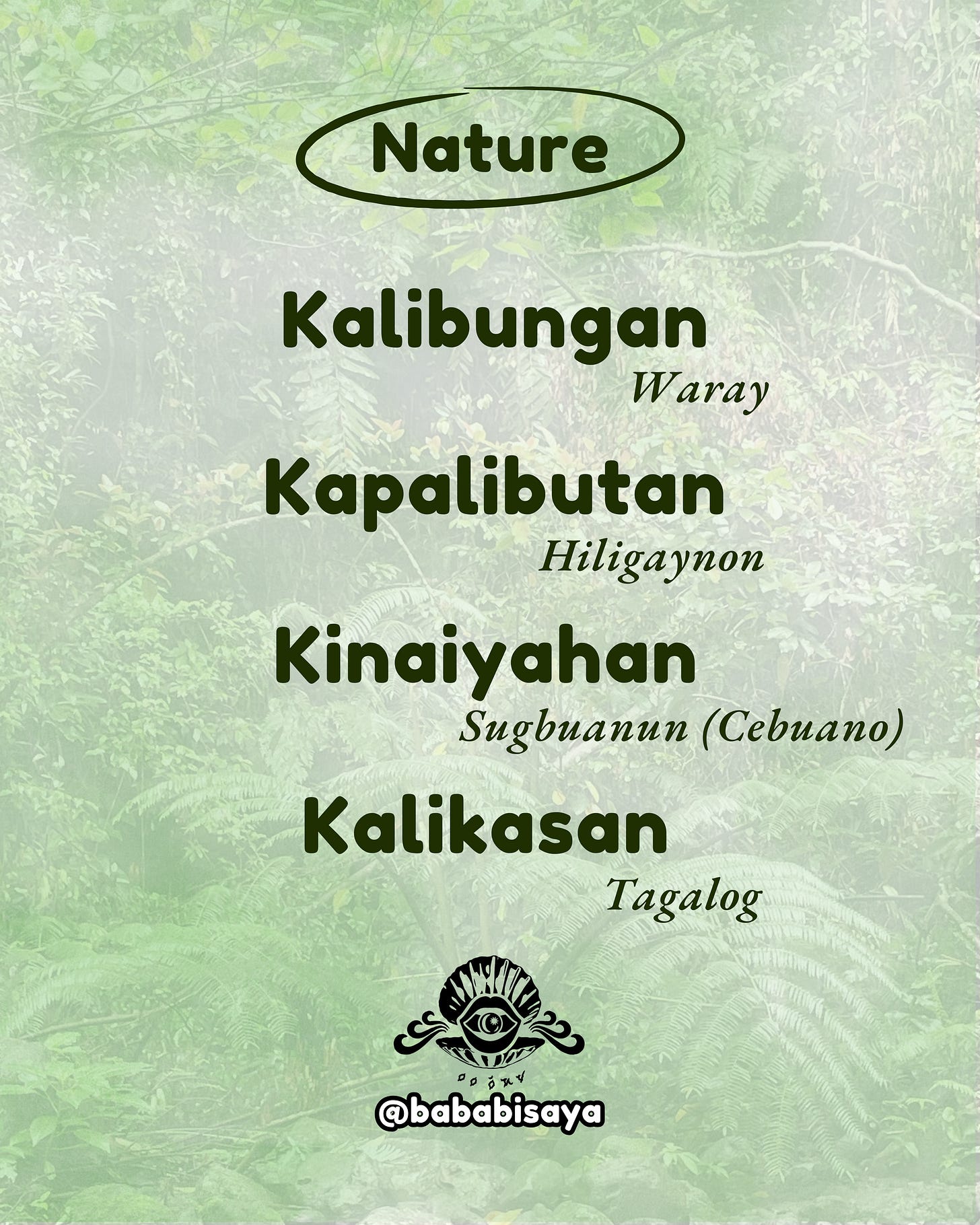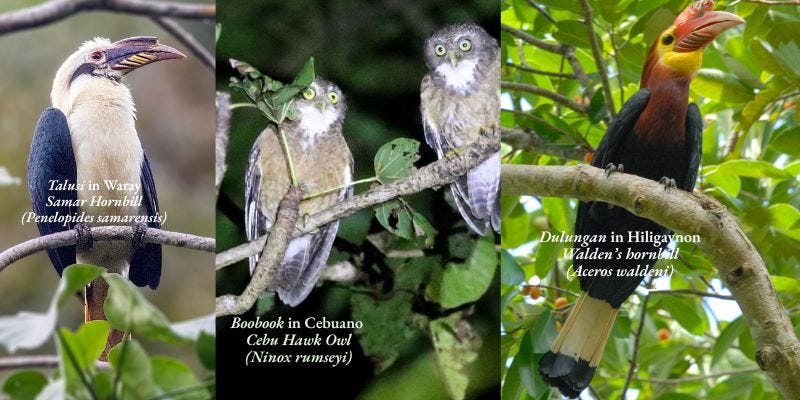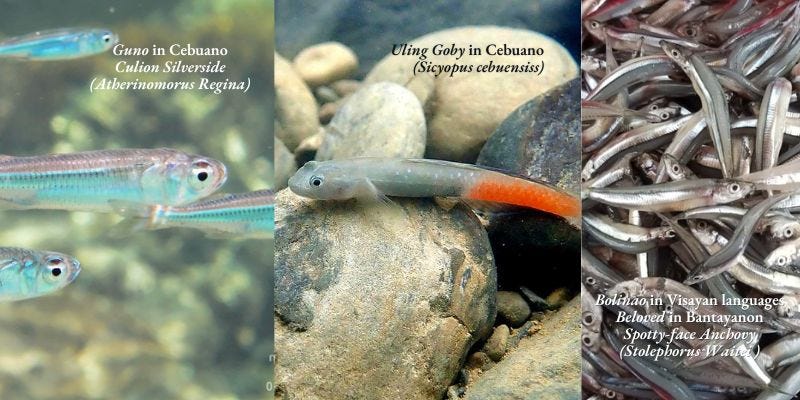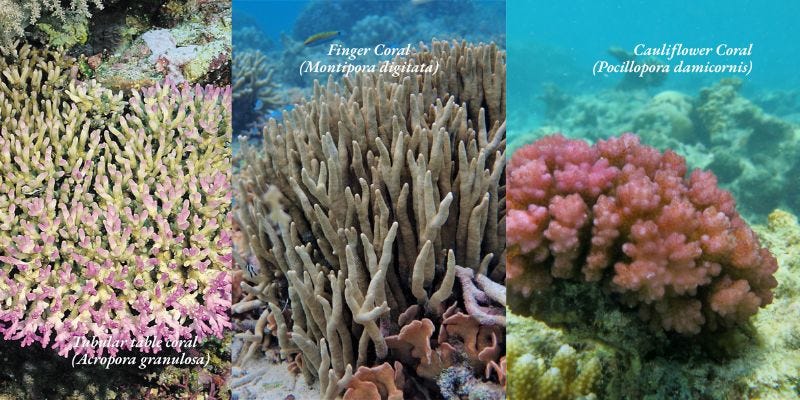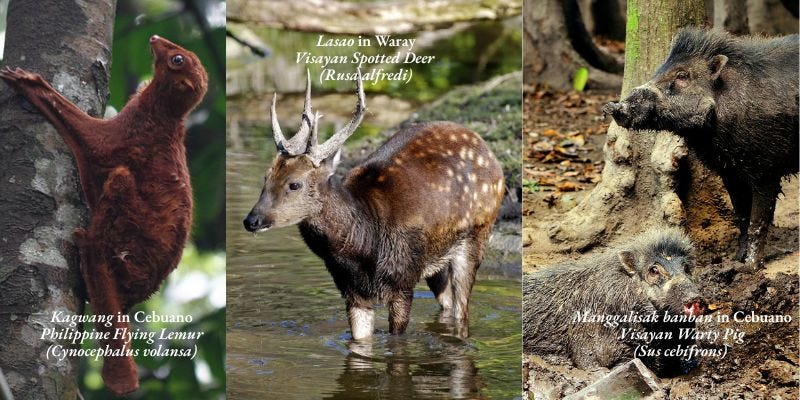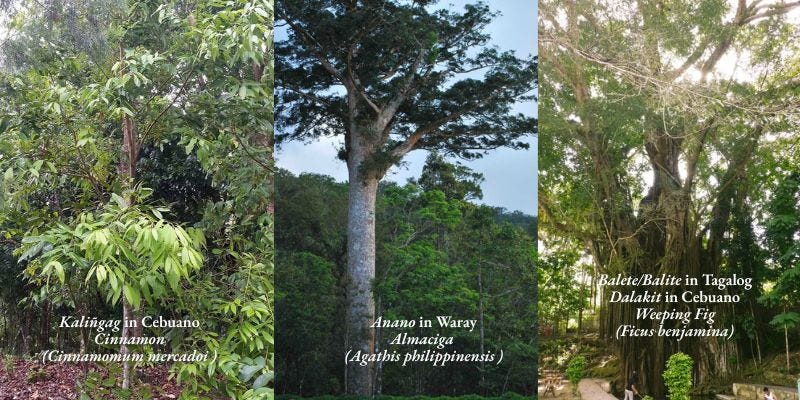Echoing Ecologies: Kinaiyahan, Kalibungan, Kapalibutan
language diversity is ecological diversity
April is Earth Month around the world. Although our push for Visayan language learning may appear as cultural advocacy, we want to clarify that our roots also come from deeply ecological concerns…
because language diversity is ecological diversity.
Sugbuanun (Cebuano): Ang pagkadaiya sa pinulungan pagkadaiya sa kinaiyahan.
Waray: Ang kadaiya sang sinultihan kay kadaiya sang kalibungan.
Hiligaynon: Ang kadaiya sang sinultihan kay kadaiya sang kapalibutan.
Bantayanon: Ang kadaiya sang sinultihan kay kadaiya sang kinaiyahan.
In this current political, social, economic & ecological climate of change, the act of memory is radical. Who decides what is remembered?
Across Bisayan languages, our word for world, kalibutan, refers not only to ‘the physical roundness of our planetary home’ (‘libut-libut’ meaning ‘to go round & round’), but also refers to ‘consciousness’ or ‘awareness.’ If we say ‘wala’y siya kalibutan,’ we are literally saying ‘[they] are without a world,’ but metaphorically meaning, ‘they are not aware.’ Our world, in Bisayan, is both a physical and conceptual reality.
Did you know that the Visayan Islands is in the heart of the world’s Coral Triangle, a breathing coral reef ecosystem as vast & wide as the Amazon rainforest?
Our native ecosystems, from coral reefs to deep forests, is home to so many flora and fauna, each of which our ancestors named as living spirits. Our languages are part of this naturally abundant biodiversity.
How can we protect something when we don’t even know its name?
There are over 30 different Bisayan languages - each with their own regional dialects. When people say, “You don’t need to learn your native language, you can just learn Filipino/Tagalog, that’s more important” – it’s almost like saying, “Oh, we don’t need this minor fish or this rare coral, because we already have other common fishes and corals.” And the reality is that we need all the biodiversity, that this biodiversity contributes to healthy ecosystems, and that this is what makes our archipelagic home so special in this world.
The loss of connection to our native languages is related to the loss of our native biodiversity.
When we are promoting reconnection to native Visayan languages, we are not trying to push for ethnic or regional divides; we are promoting relationships to islander biodiversity, and situating our lack/loss of access to mother tongues as part of wider environmental loss of our once rich ecosystems. Let’s reconnect to our roots…
Our mission is to promote the learning and preservation of our Bisayan languages and ecologies, as our Visayan Islands are at the global front lines of climate change and biodiversity loss.
Nanginahanglan kami ninyu. Kinahanglan kamo namon–We need you.
We’re looking at expanding Baba Bisaya for our next semester! We need your help.
How can you support this?
Join this Substack as a monthly paid subscriber, or make an annual donation.
Connect us with potential investors or collaborating institutions.
Our high priority needs are:
Curriculum revisions with local language experts & cultural workers
Re-recording & editing lectures with our teachers
New website development & configuration on Thinkific
Total estimated funds for high priority needs would be: 7,200 USD
If we had extra funds we would:
Expand the Visayan language offerings and hire additional teachers for curriculum translation
Expand language facilitation for specific Visayan dialects (like Mindanaoan & Boholano dialects of Sugbuanun/Cebuano)
Salamat for the support!
Visayan Based Environmental Groups
🌱 Visayan Native Tree Enthusiasts: Native tree enthusiasts and advocates based in the Visayas region with over 12k members on Facebook.
🌿 Talarak Foundation: The Talarak Foundation Inc. is a conservation organisation based in Negros Island of the West Visayas. Talarak started maintaining and breeding some of the most endangered species endemic to the region, before moving into reforestation, site conservation and wild translocations for these species.
🌊 Marine Environmental Protection Enforcement Response Group Eastern Visayas: MEPERG-EV is a dynamic organization committed to preserving marine environments and resources. We prioritize service excellence, constantly improving capabilities with advanced equipment and technology.
🌴 The Kahibalo Foundation: The Kahibalo Foundation was established to protect biodiversity in the Philippines, particularly in the Visayas region.
🦕 Youth for Climate Hope: A grassroots youth-powered movement leading intergenerational and multisectoral resistance against fossil fuels in the Philippines.
✊🏾 YACAP Visayas Chapter: YACAP is a nationwide alliance of PH youth organizations and individuals fighting for climate justice.
Philippines Environmental Projects Promoting Biodiversity
🌊 Save PH Seas: Mobilizing seatizen-led initiatives that empower Filipinos towards collective action and behavior change
🌊 Mangrove Matters : Mangrove Matters PH (MMPH) is a youth-led environmental organization that mainstreams marine conservation, with a primary focus on mangrove forests and their inhabitants, and coastal communities who are among the most vulnerable to the effects of the climate crisis.
🌱 Salamuyag Youth: Salumayag Youth Collective for Forests is an Indigenous youth and women-led organization from Mindanao that empowers upland communities in the stewardship of their ancestral lands through regenerative practices and narratives
🌺 Celine Murillo: Promoting and mainstreaming Philippine biodiversity and natural heritage
🌿 Lokalpedia: Research and archival project on local food biodiversity and heritage, focusing on documenting traditional ingredients and culinary practices of the Philippines.

